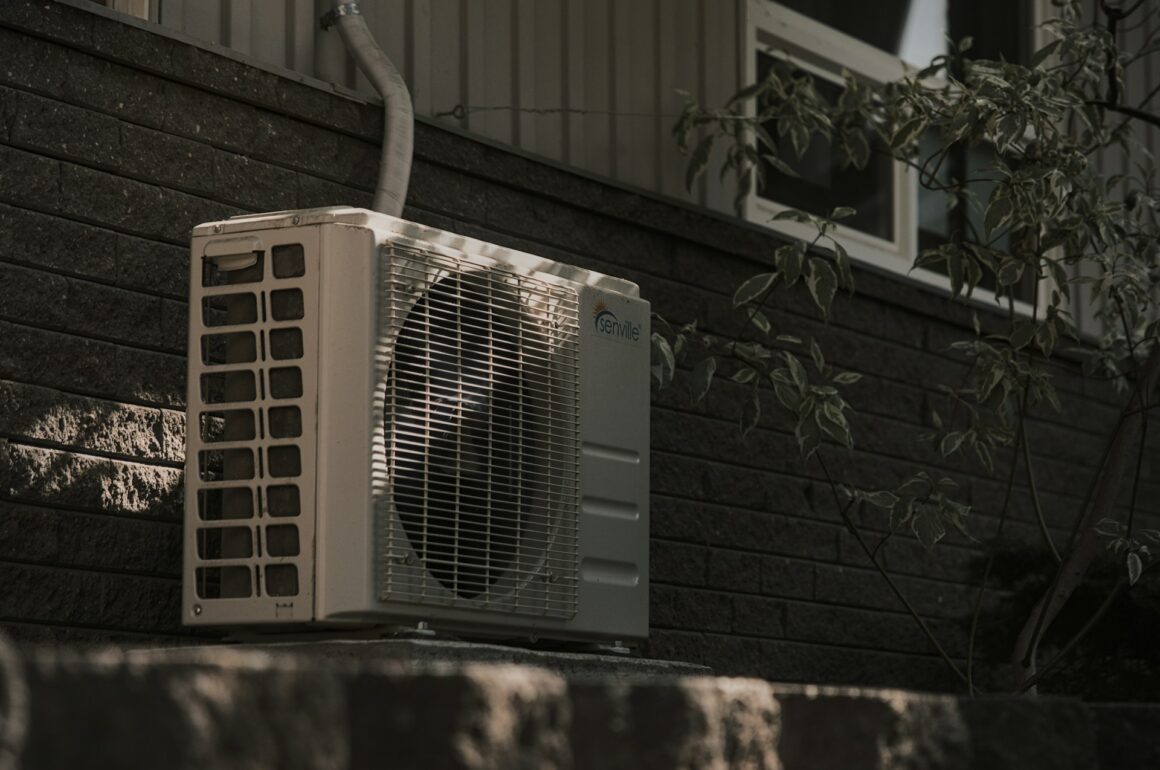
Modern facilities are facing increasing pressure to improve air quality, reduce energy consumption, and meet stringent environmental standards. With global awareness of climate change and the need for resource conservation on the rise, facility operators can no longer afford to overlook their ecological impact or the well-being of their occupants. As demand for sustainable practices increases, industry leaders are seeking innovative and cost-effective approaches to manage indoor air efficiently. This involves not only adopting cleaner technologies but also rethinking traditional operational models. From healthcare to manufacturing, companies are turning to smart air solutions that are both environmentally responsible and operationally effective. For instance, seeking compressed air solutions is a practical step organizations can take to optimize their facility systems for efficiency and reliability. Such solutions can make a measurable difference by enhancing performance and reducing downtime resulting from maintenance or failures.
In this rapidly evolving landscape, choosing the right solutions not only improves air quality but also represents a vital long-term investment. Decision-makers are increasingly aware that sustainable options offer a direct pathway to lower operating expenses, future compliance, and enhanced occupant well-being. Regulations and industry certifications are setting higher bars, making it essential for organizations to stay ahead of the curve. By taking proactive steps, organizations can reap immediate benefits in terms of operational savings, all while forging a reputation for corporate responsibility and innovation.
Introduction
Industrial and commercial buildings account for a substantial portion of global energy consumption. With entire cities depending on shared infrastructure, the scale of their energy demand is both a challenge and an opportunity for lasting change. As the effects of climate change intensify and regulations become stricter, the market for eco-friendly facility management is thriving. Stakeholders, including investors, regulators, and the general public, are urging facility managers to think creatively about reducing emissions, lowering operational costs, and safeguarding public health. Facility managers are focusing on creative technologies that can mitigate environmental impact while delivering measurable cost savings. Successful companies recognize that updating air management systems and implementing efficient crimping solutions Fayetteville NC, are critical steps in ensuring compliance with updated environmental guidelines, rating certifications, and performance metrics.
Sustainability in air management involves integrating energy-efficient systems that deliver superior air quality while minimizing resource consumption. When facilities transition from traditional HVAC systems to high-performance, modern alternatives—such as energy recovery ventilators or demand-controlled ventilation—they can significantly enhance energy efficiency. These advanced options not only reduce everyday energy consumption but can also adapt dynamically to changing occupancy and air quality needs, maximizing their impact. Traditional HVAC systems, for example, are being phased out in favor of high-performance alternatives that enable both operational and environmental gains. According to the U.S. Department of Energy, such approaches can make a significant difference in reducing facility energy use while maintaining occupant health. This kind of holistic approach is essential for building performance optimization in a world where climate awareness and public expectations are continually increasing.

Ice Thermal Energy Storage: A Cool Approach to Sustainability
One exciting and rapidly expanding technology is ice thermal energy storage, which has gained traction in both new construction and retrofit projects. This approach leverages the principle of shifting energy consumption to off-peak hours by making ice at night. Cooling loads during peak hours can be substantial, and many utilities charge higher rates during periods of maximum network demand. During the day, instead of running energy-intensive chillers, facilities use the stored ice to provide cooling. The results include lower utility bills and a notable decrease in overall peak electricity demand, which typically occurs when utility rates are highest.
Norton Audubon Hospital in Kentucky is a notable example, having adopted ice thermal storage with impressive results. The hospital’s administrators cited not only energy cost savings but also reduced dependence on the grid during weather extremes—critical for patient safety and continuity of care. As reported by The New York Times, the hospital’s initiative reduced its energy usage and contributed to grid stability. Other sectors, such as universities and data centers, are adopting similar systems, driven by the widespread benefits of grid reliability and reduced greenhouse gas emissions. Because these facilities often operate 24/7 and require uninterrupted cooling, ice storage presents a practical and proven method for reducing carbon footprints and supporting energy transition targets. Facility decision-makers usually choose these systems for their resilience and the long-term cost control they enable in the face of rising energy prices and grid uncertainties.
High-Efficiency Filtration Systems: Breathing Easier and Greener
Improving air quality doesn’t have to come at the expense of sustainability. In fact, with today’s advancements, it’s possible to achieve both. Modern facilities are implementing high-efficiency filtration systems that go above and beyond to keep indoor air clean without overwhelming HVAC components. These advanced filters not only trap airborne contaminants such as pollen, dust, and pathogens, but do so with less strain on mechanical systems, resulting in longer equipment lifespans and reduced maintenance downtime. Companies have developed systems that utilize electrically enhanced media filters, allowing for maximum airflow while consuming less energy. This blend of technology keeps employees, customers, and students safer while supporting green building initiatives. The dual advantage: cleaner air and significant reductions in overall energy use.
This transition yields both environmental and operational benefits, as building owners experience faster returns on their investment. According to the Forbes Technology Council, sustainable indoor air options can lower maintenance costs, prolong equipment lifespan, and support healthy occupancy levels. These solutions also enable compliance with standards from organizations like ASHRAE and WELL, which are being adopted in an increasing number of municipalities. These advances are quickly becoming the gold standard across highly regulated industries, including healthcare, education, and retail. They represent a critical link between employee well-being, operational savings, and an organization’s commitment to sustainability—a set of priorities shaping the decisions of modern facility managers.
Strategic Partnerships Driving Sustainable Innovations
No facility operates in isolation. Achieving the ambitious targets of sustainability and operational excellence increasingly depends on strategic partnerships. Whether by teaming up with specialists in air purification or working closely with architects committed to energy-efficient design, facility managers can leverage external expertise to drive impactful change. Forward-thinking organizations are collaborating with innovative air technology providers to address air quality, efficiency, and sustainability in a single, integrated approach. These alliances often unlock new funding sources, expedite project launches, and ensure access to the latest technologies and innovations. For instance, the Oak View Group’s partnership with AtmosAir Solutions exemplifies the industry’s movement toward scalable, reliable clean air initiatives that improve both cost structures and occupant safety.
Partnerships such as these demonstrate how shared goals and pooled expertise can drive systemic change at scale. By working together, facilities can accelerate the adoption of breakthrough solutions that are both cost-effective and climate-positive. This collaborative approach ensures that each stakeholder benefits from mutual knowledge and shared risk mitigation practices, maximizing return on investment and societal impact. These case studies demonstrate how organizations, regardless of their size, can achieve measurable progress by forming effective partnerships and sharing strategic roadmaps with trusted partners.
Conclusion
The future of sustainable facility management lies in a blend of technological innovation, prudent investment, and results-driven partnerships. By integrating state-of-the-art solutions and adopting a holistic approach, today’s facility leaders are driving significant change to address tomorrow’s challenges. Facilities that prioritize solutions such as ice thermal energy storage and advanced filtration systems are poised to realize tremendous environmental and economic benefits. These organizations aren’t just future-proofing their operations—they’re also demonstrating leadership in responsible business practices and public health stewardship. Ultimately, sustainable air solutions stand as a smart, forward-thinking response to today’s demands—for the planet, for business continuity, and for human health. Investing in these strategies is more than a trend; it is quickly becoming the new standard for facilities determined to thrive in a rapidly changing world.




